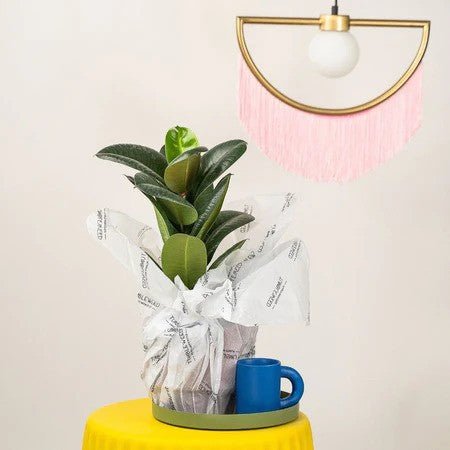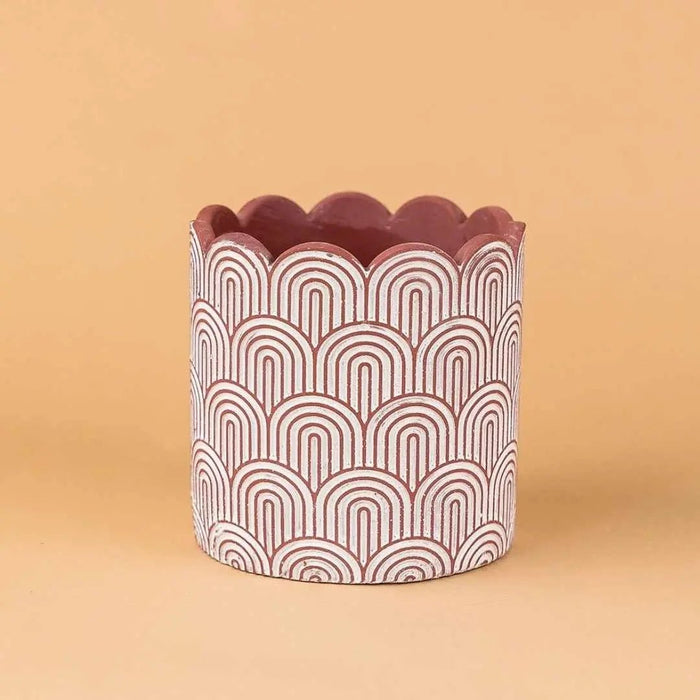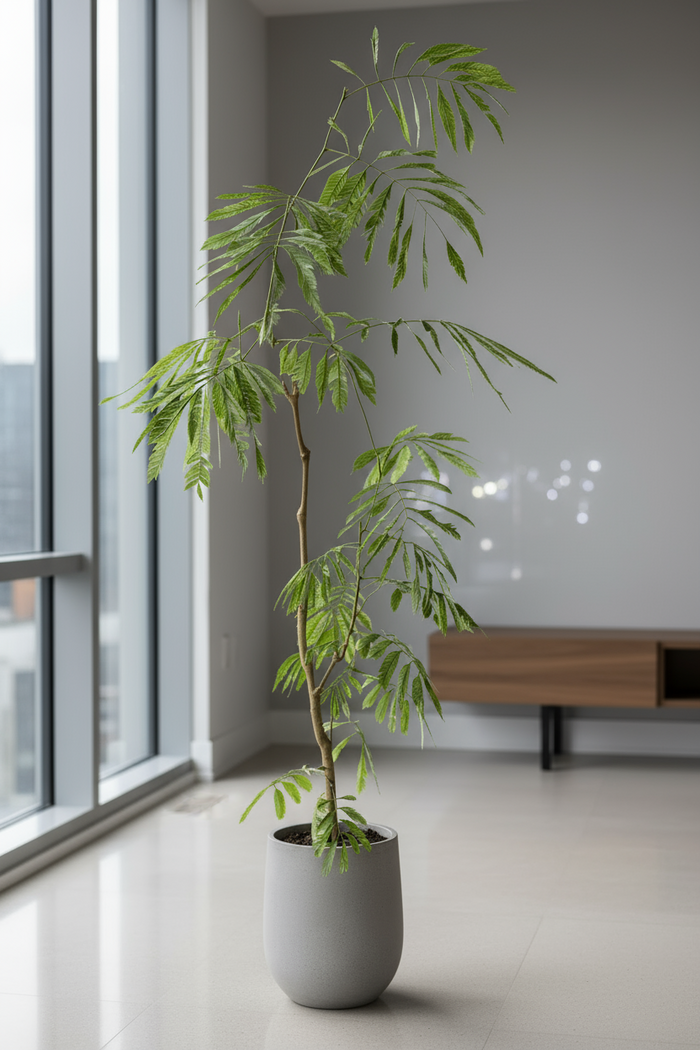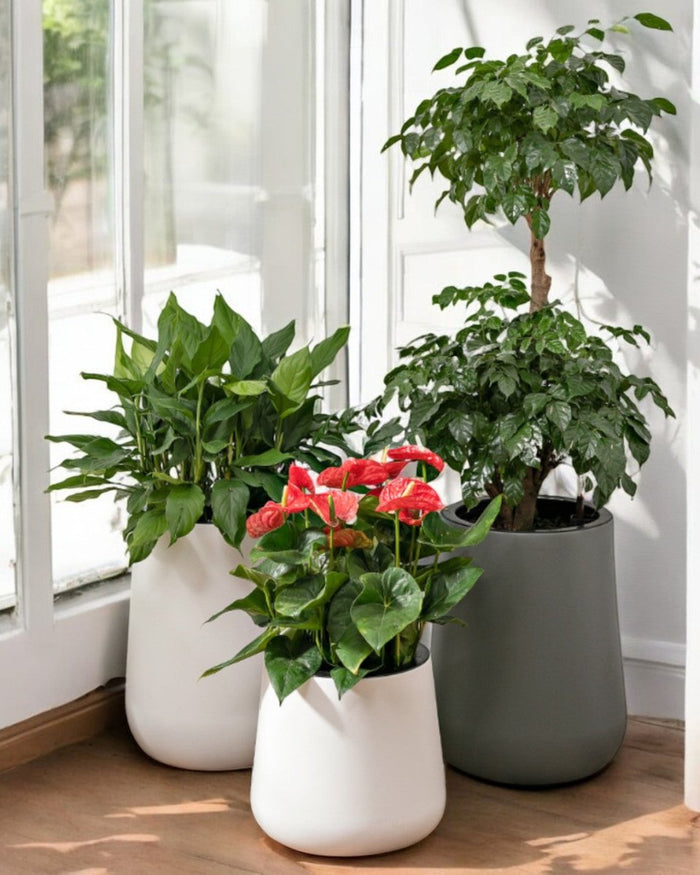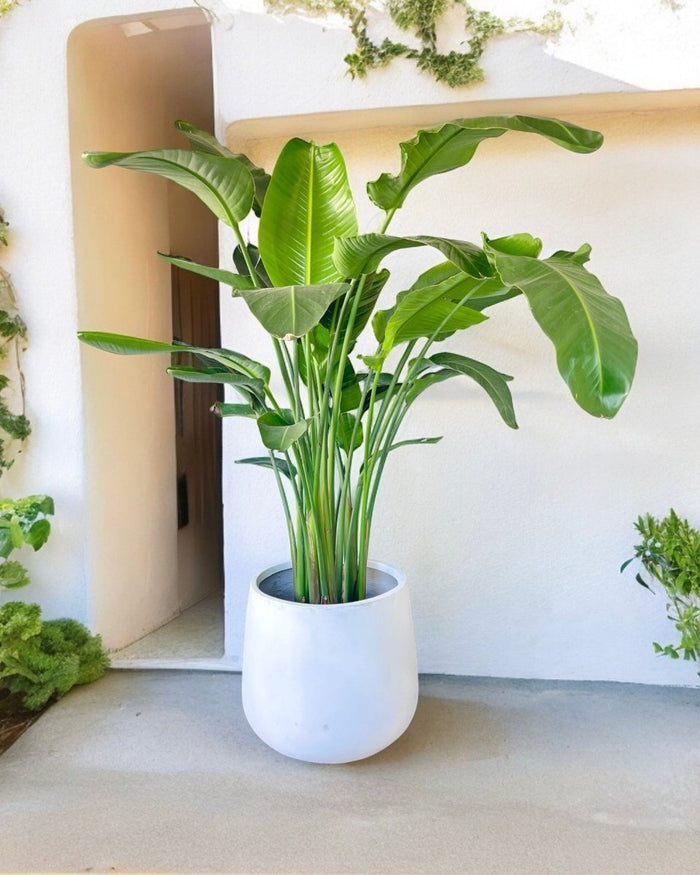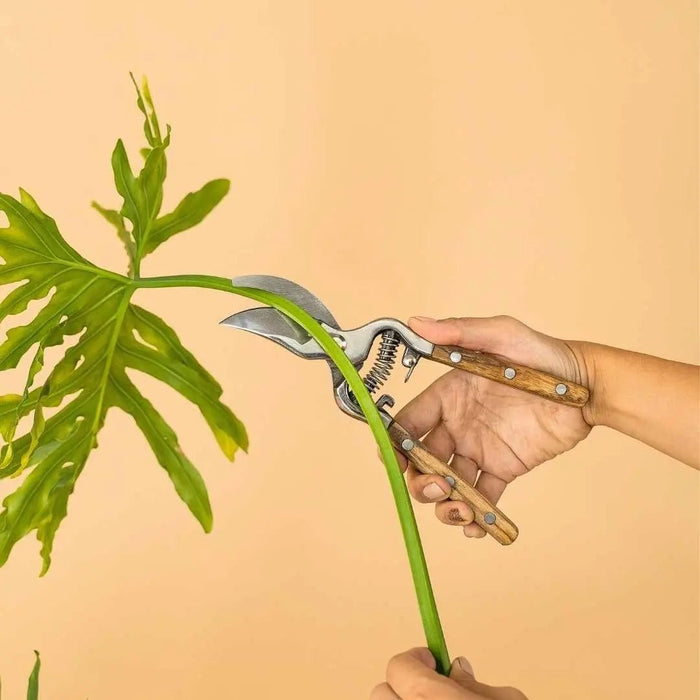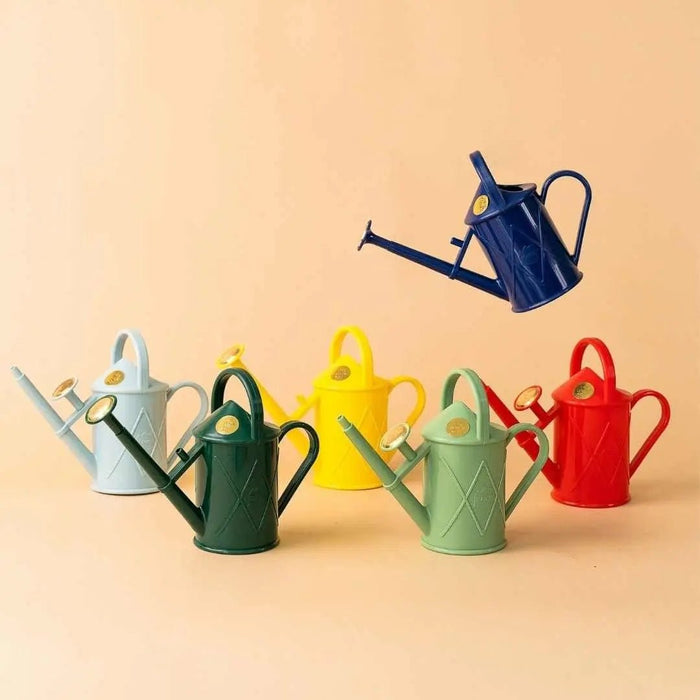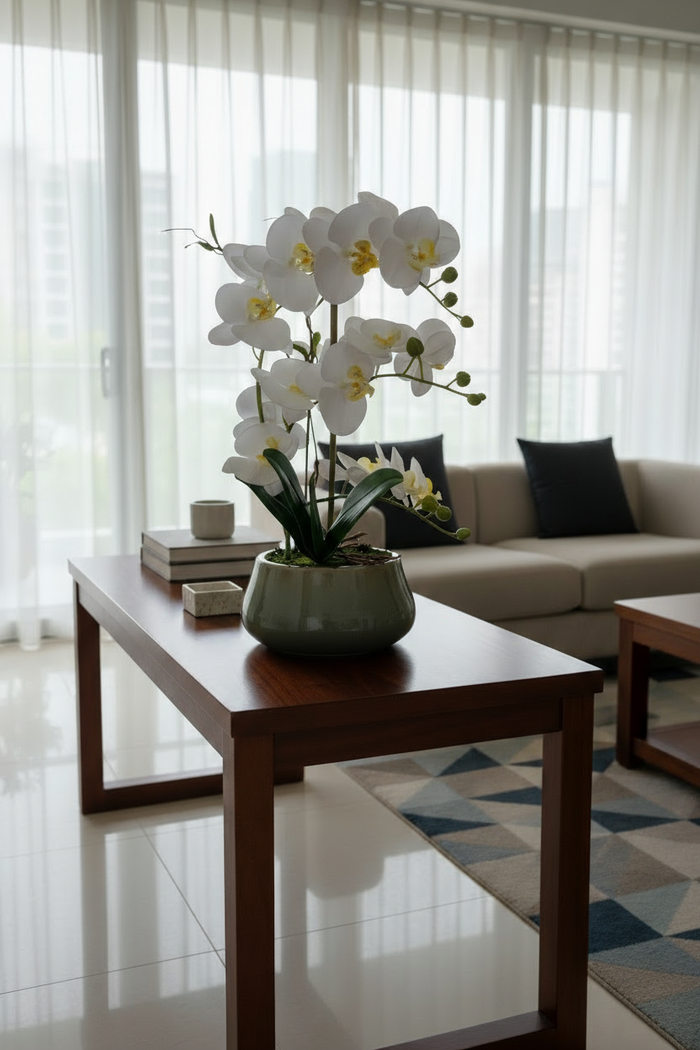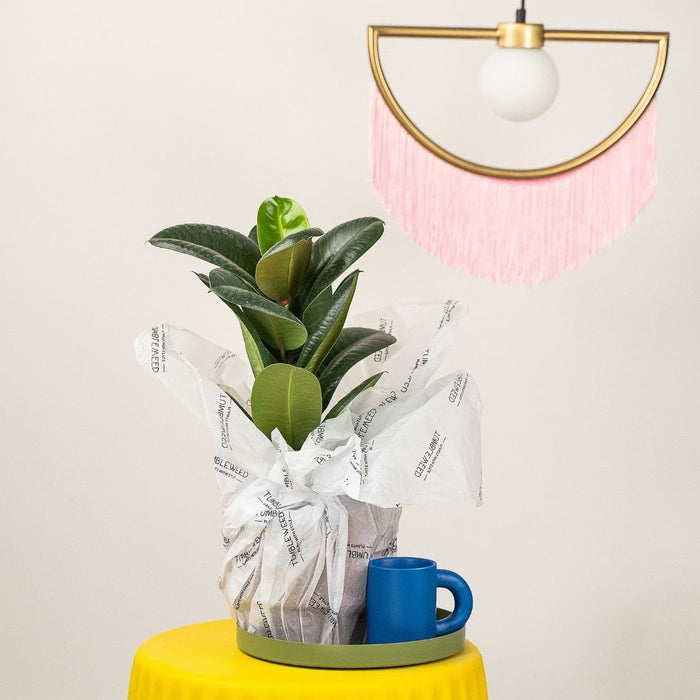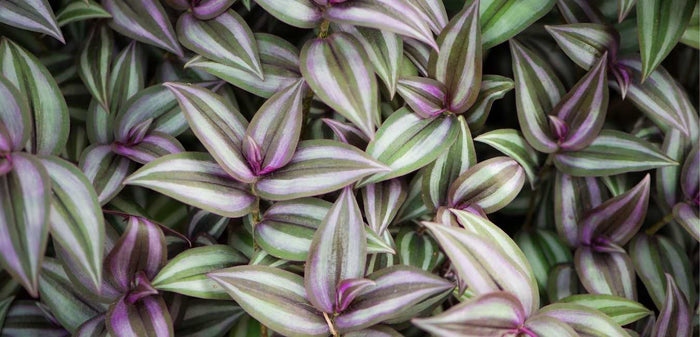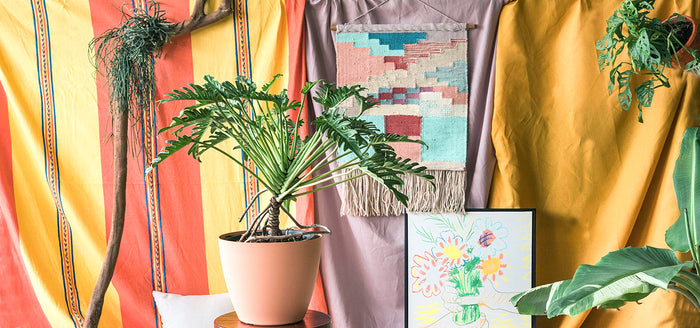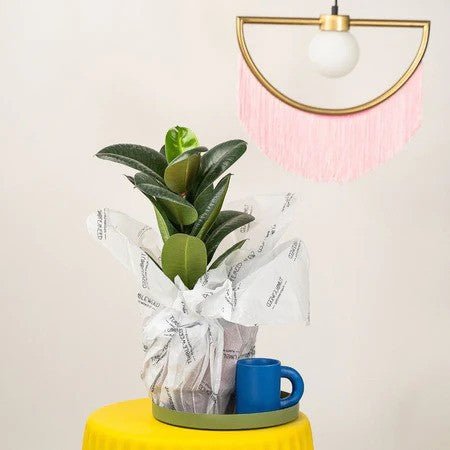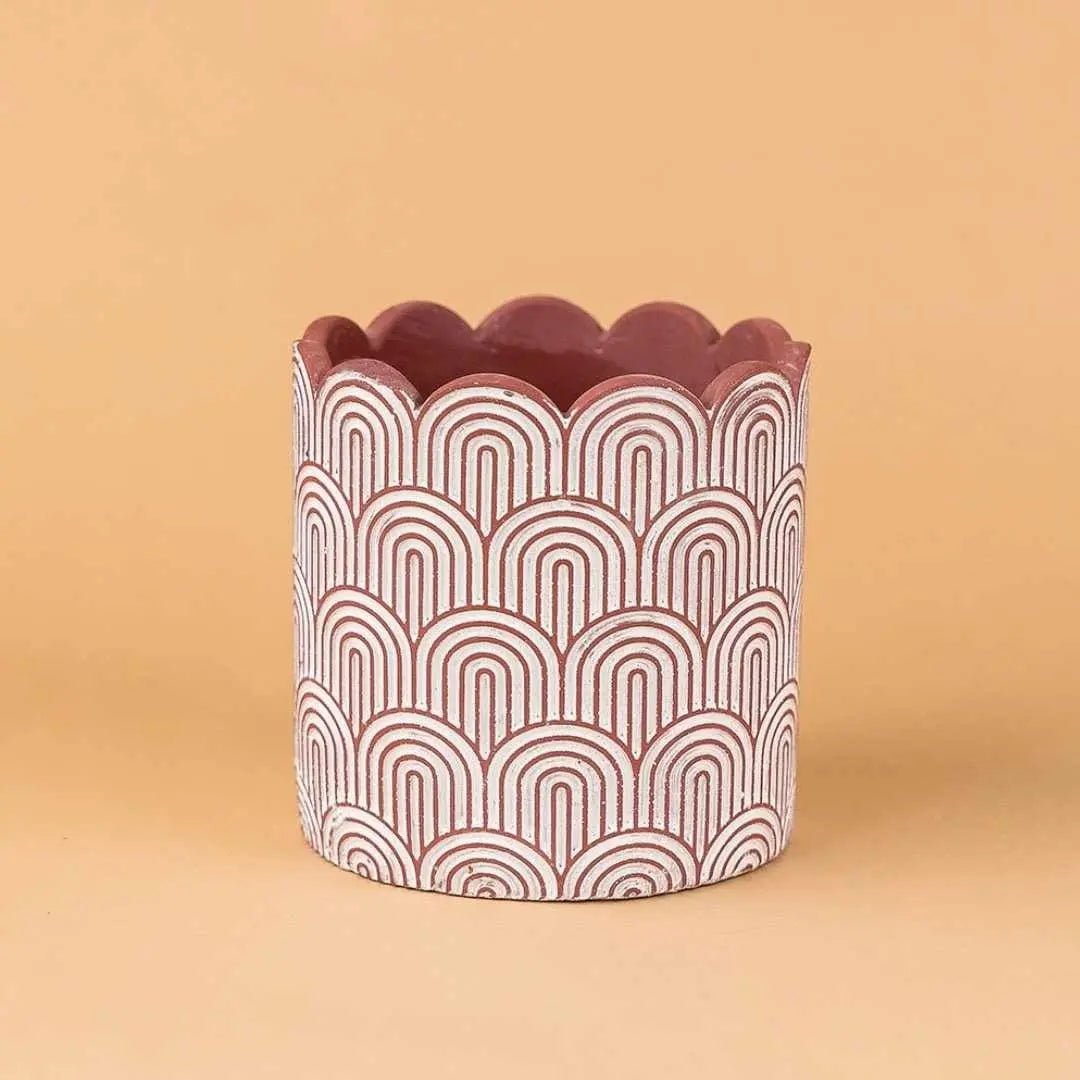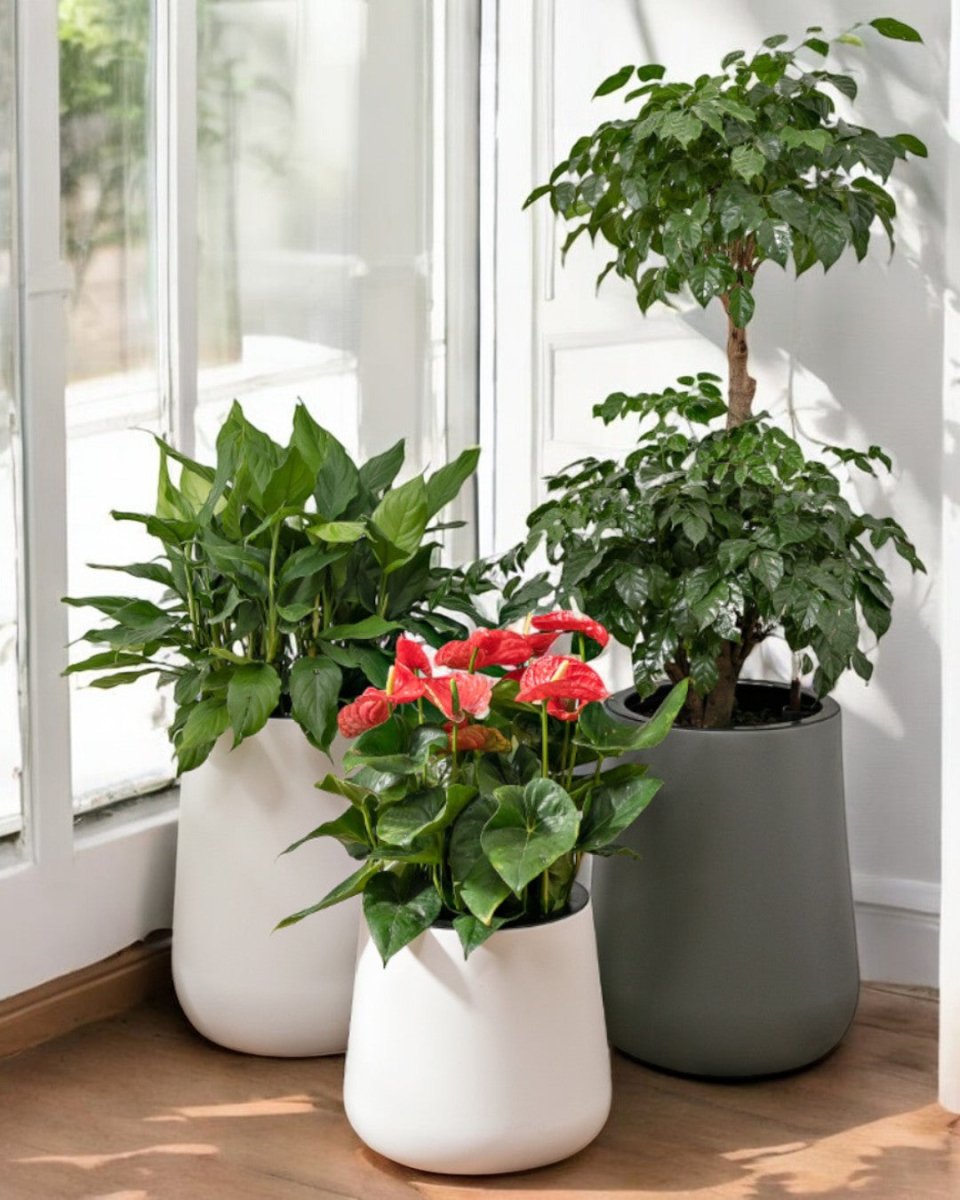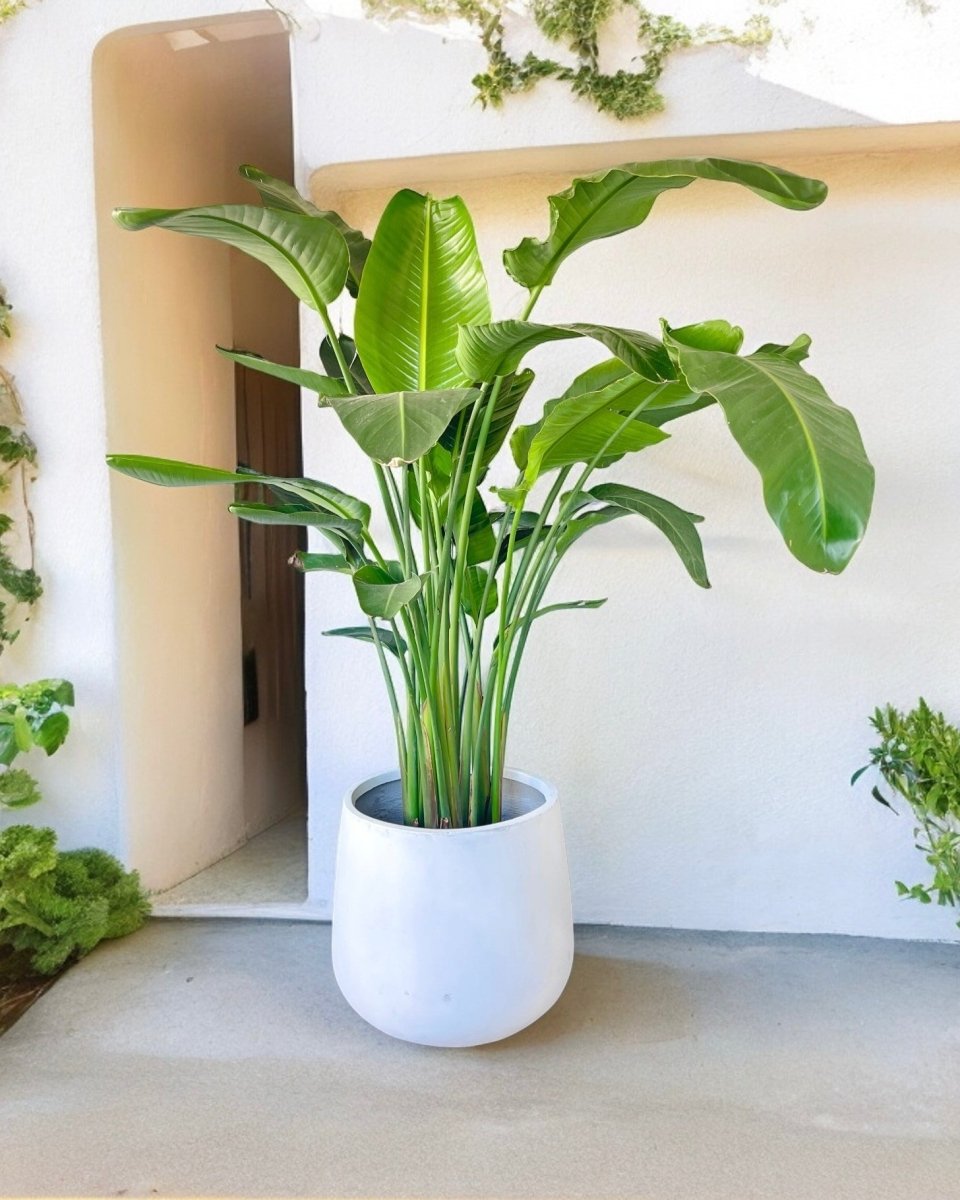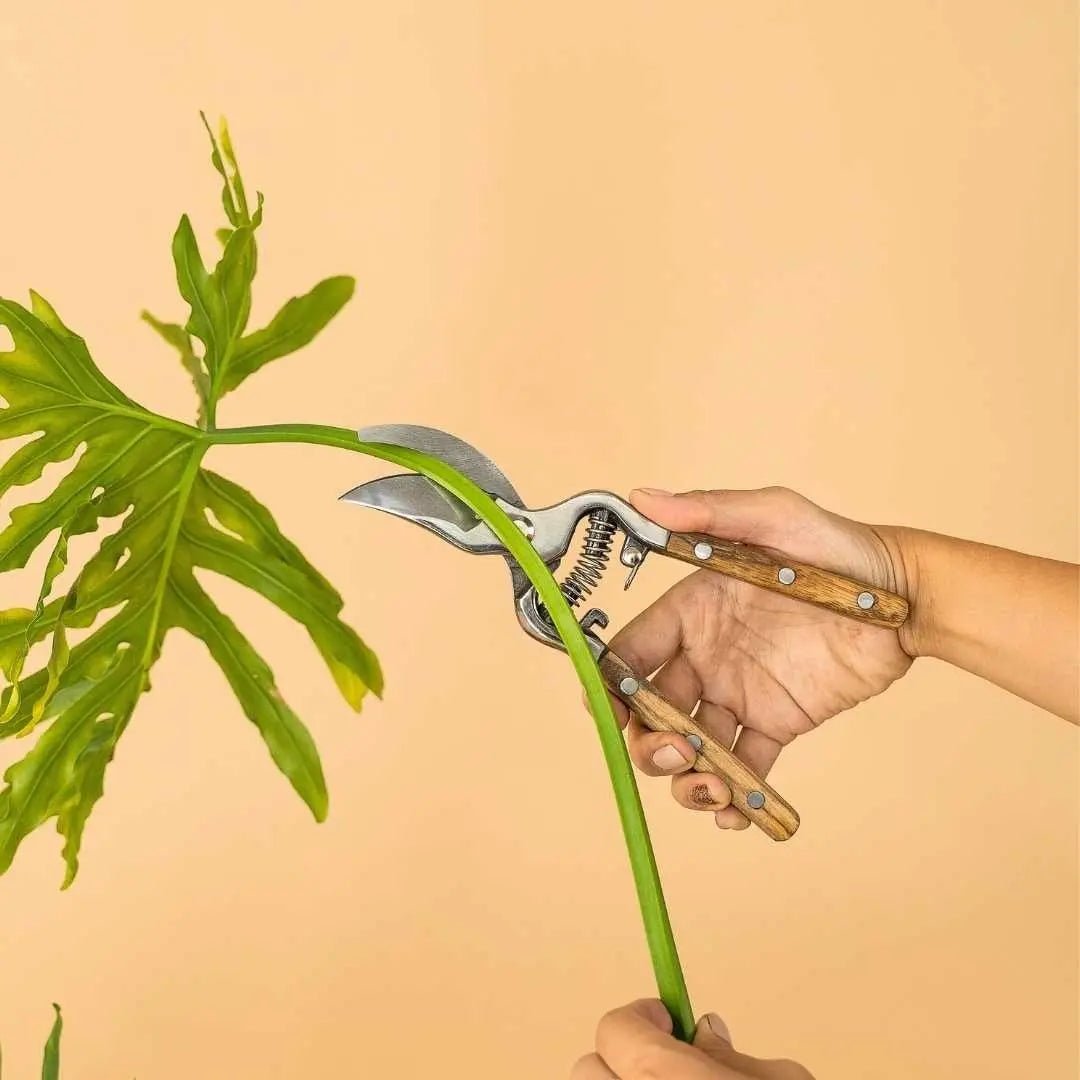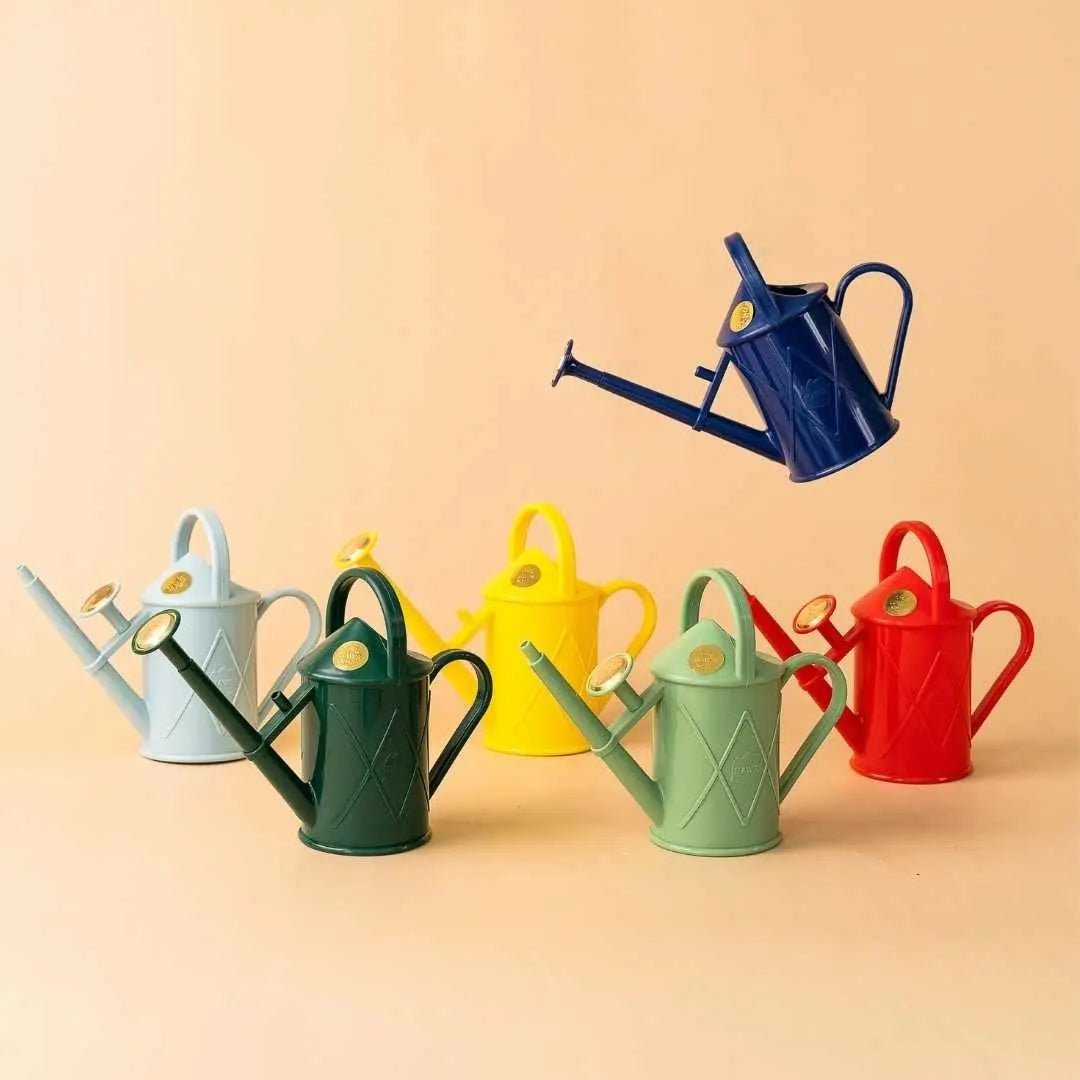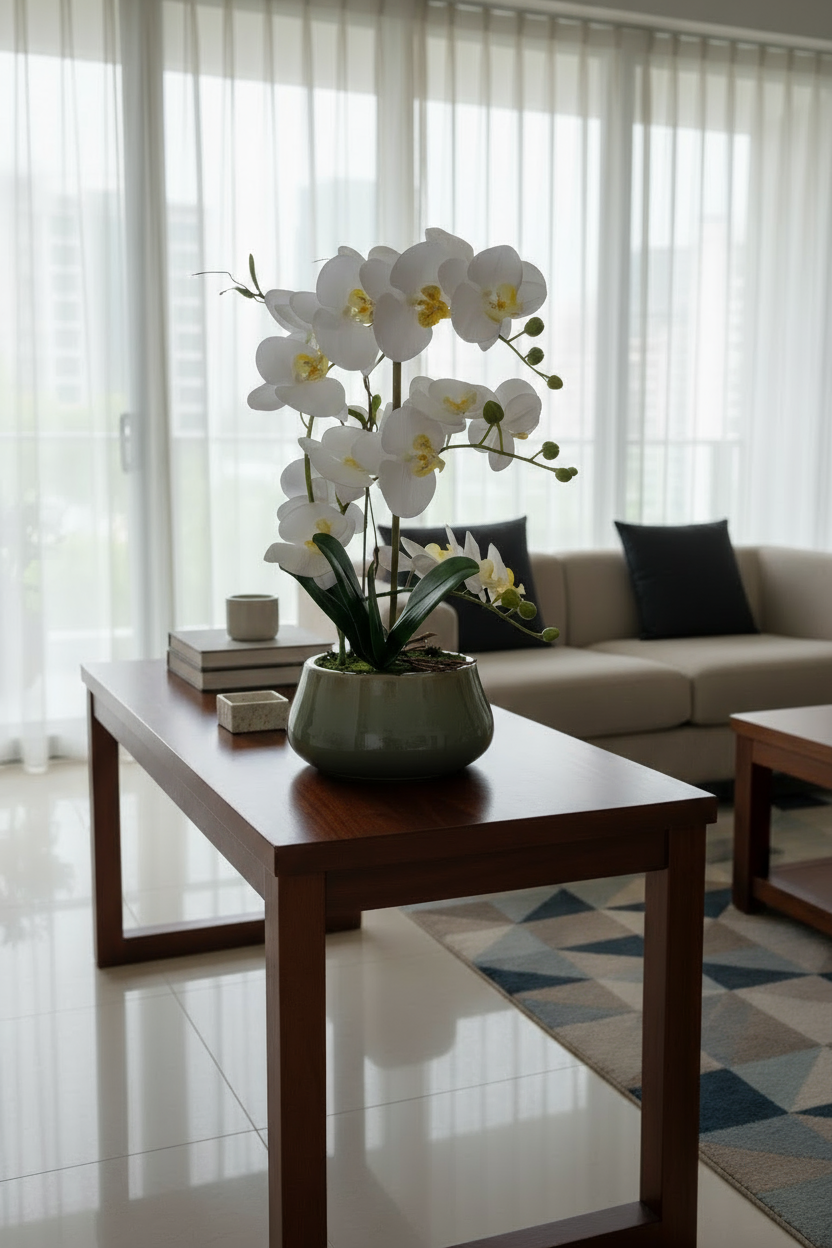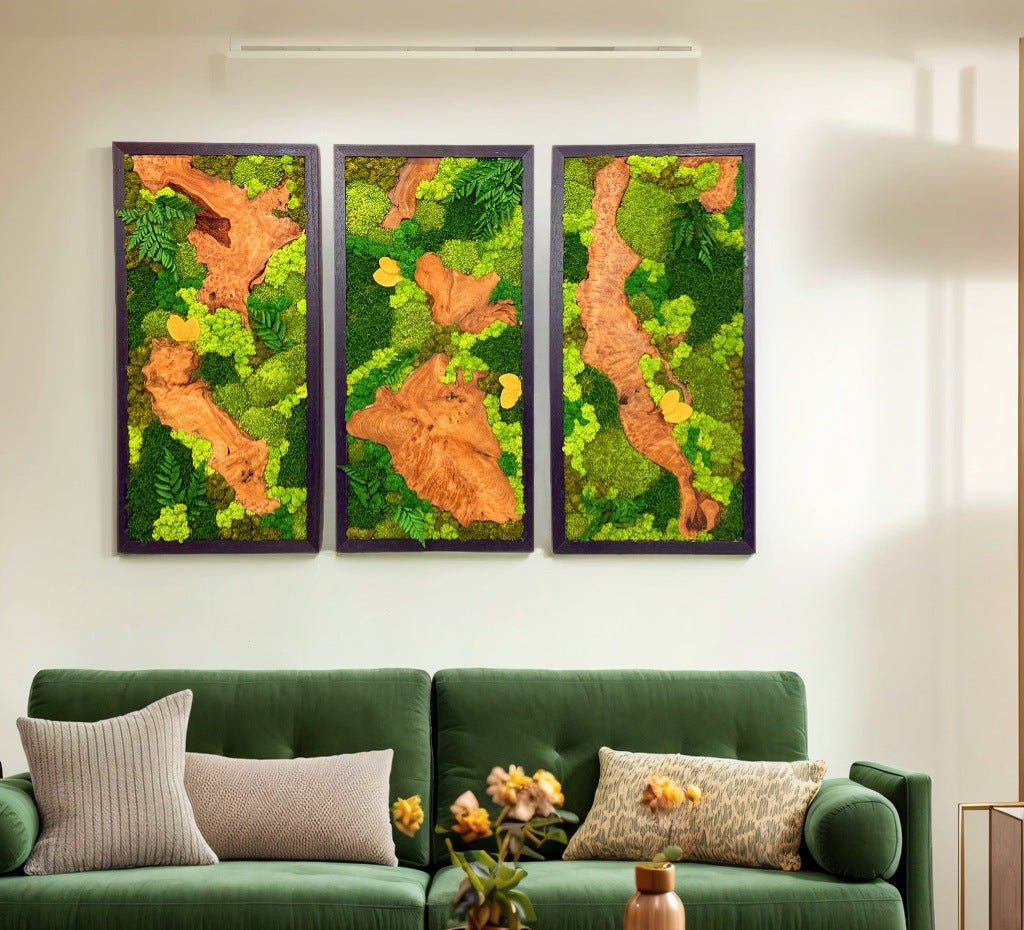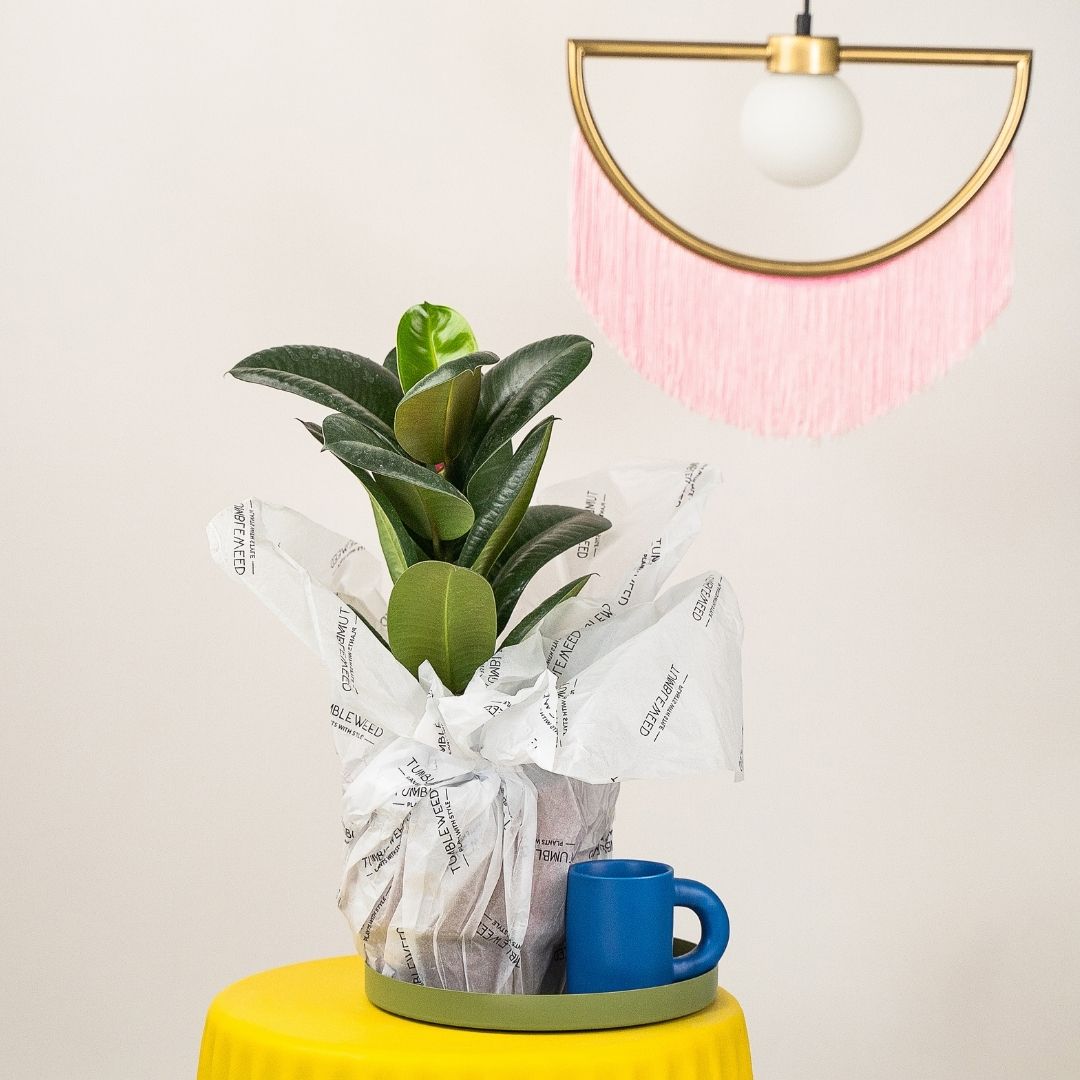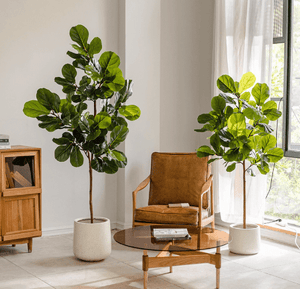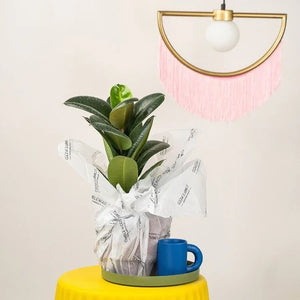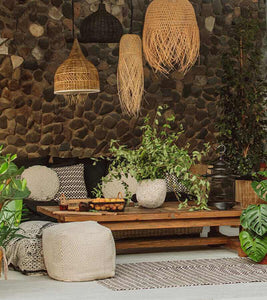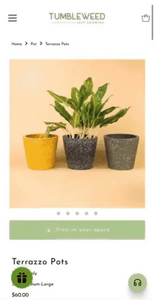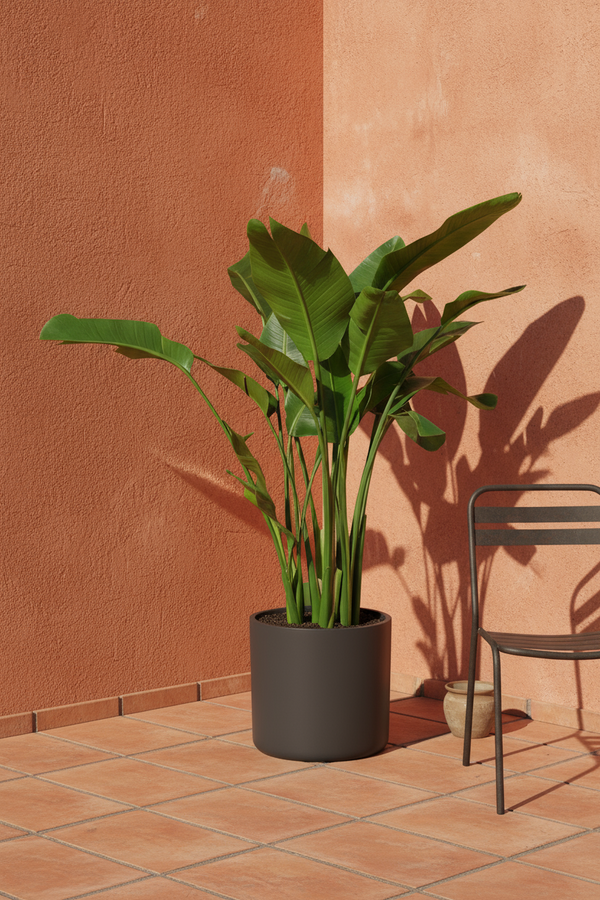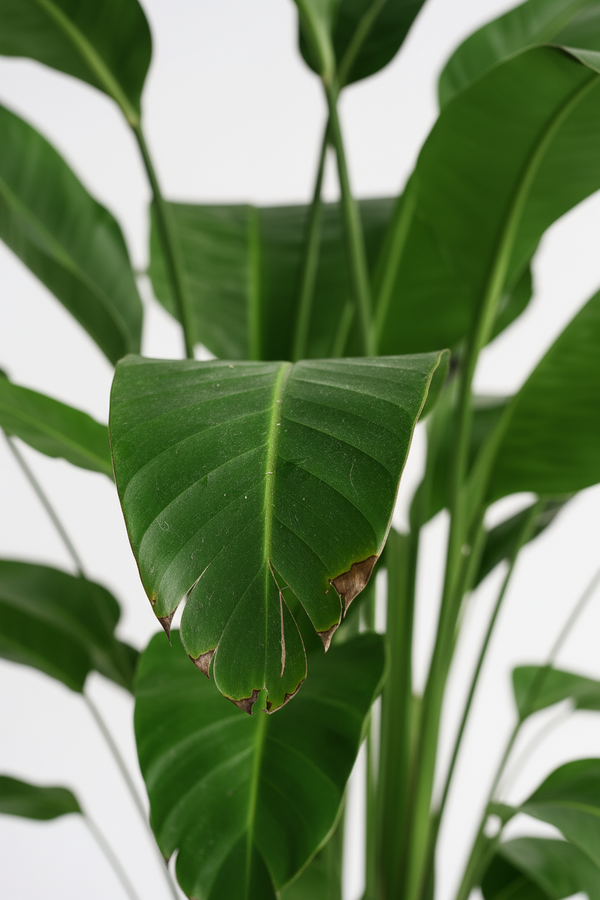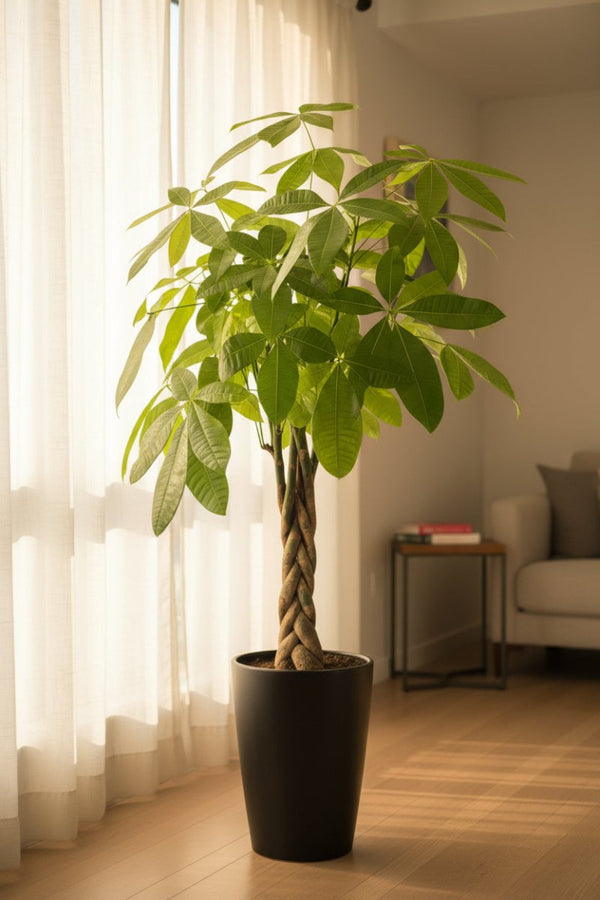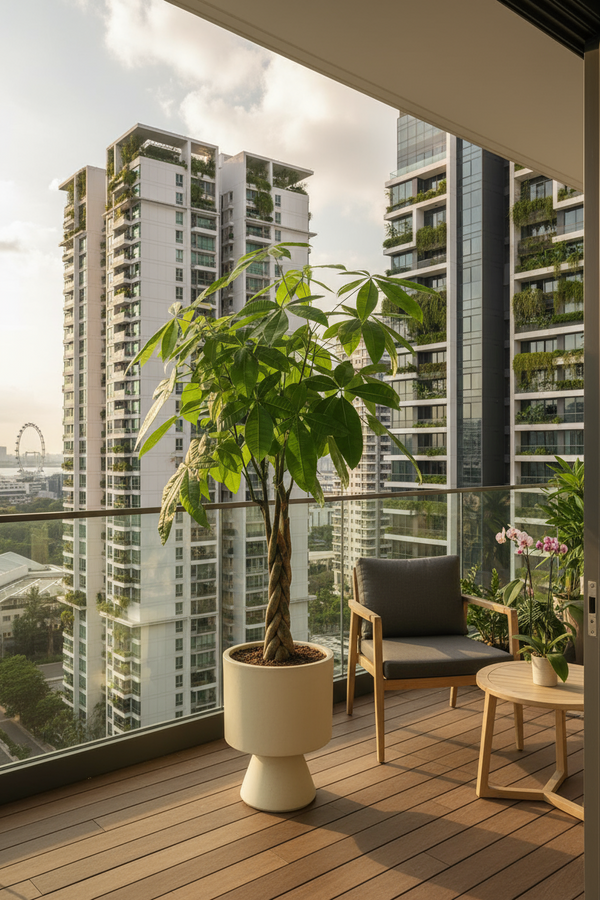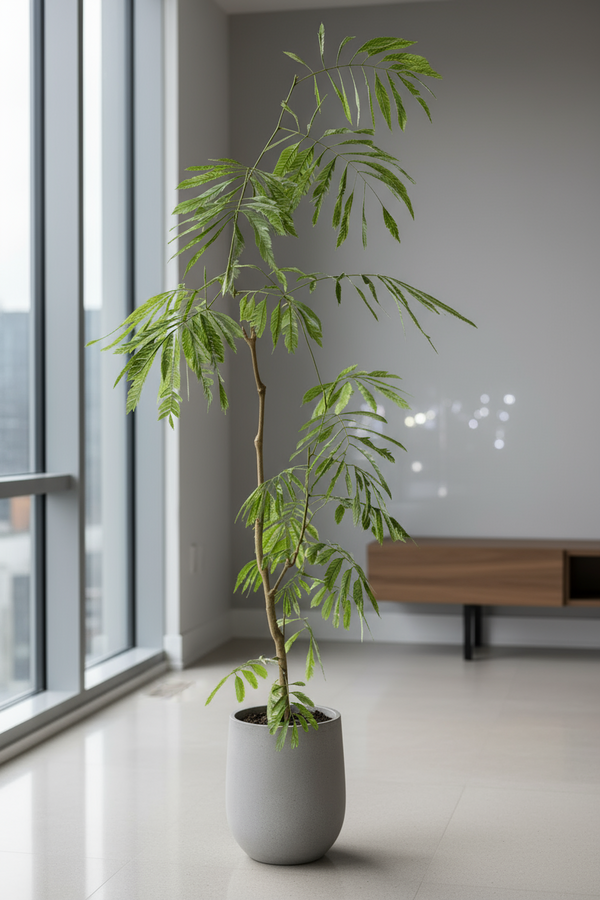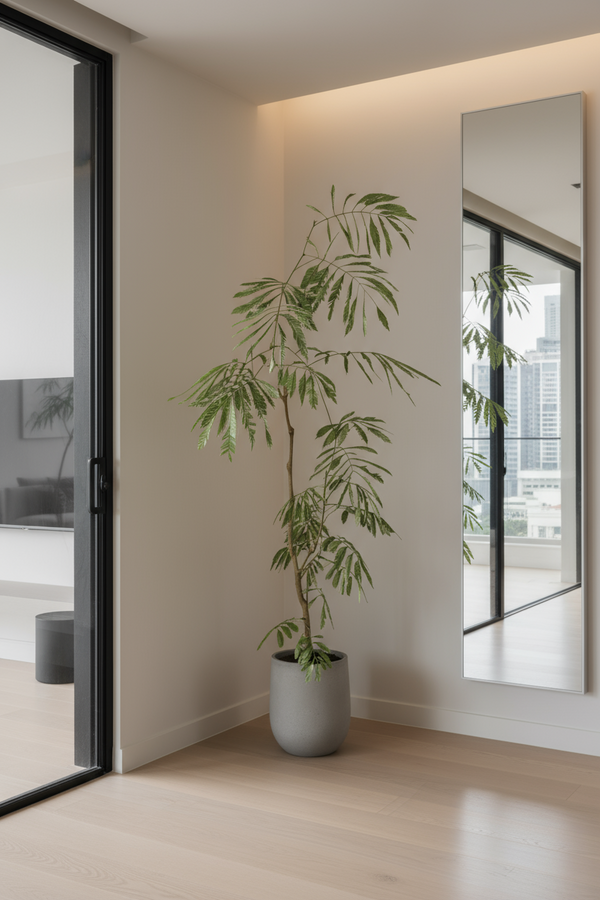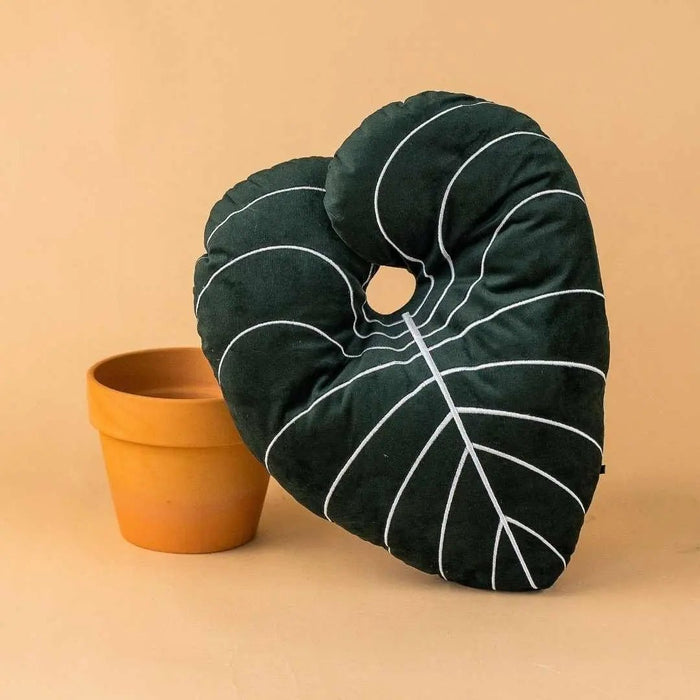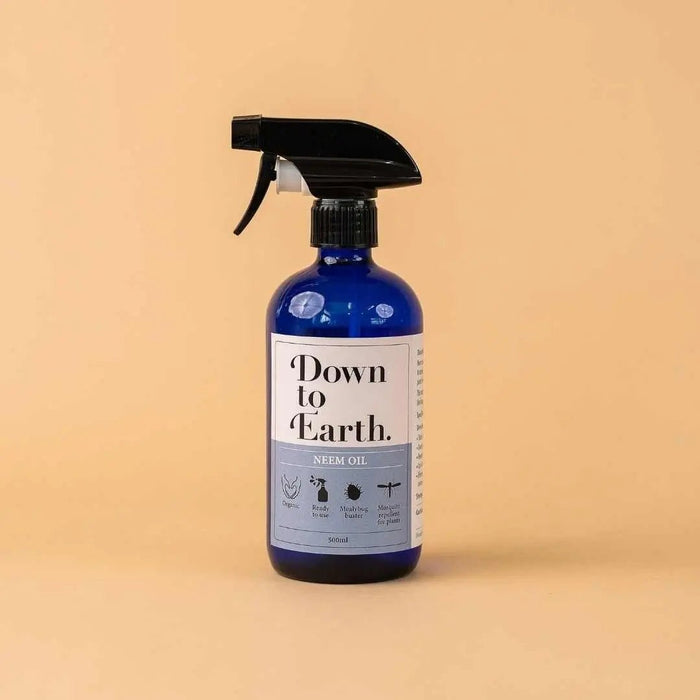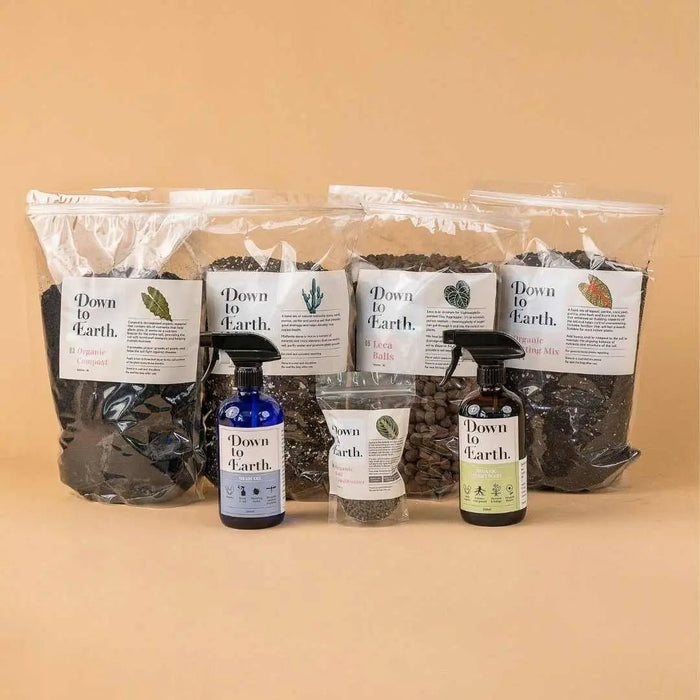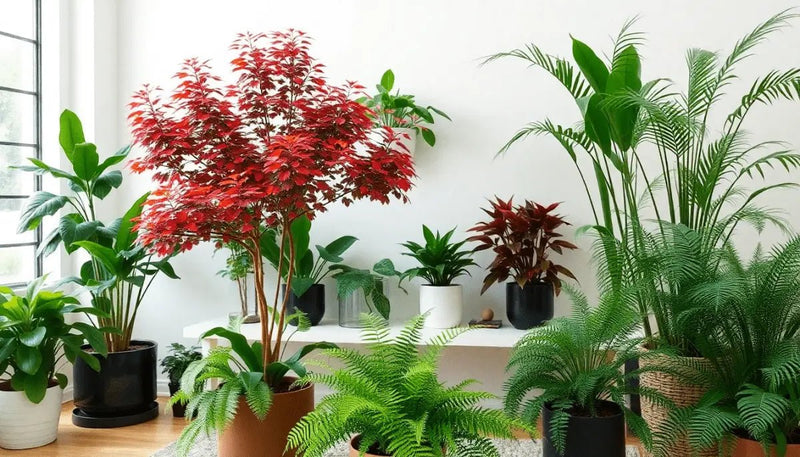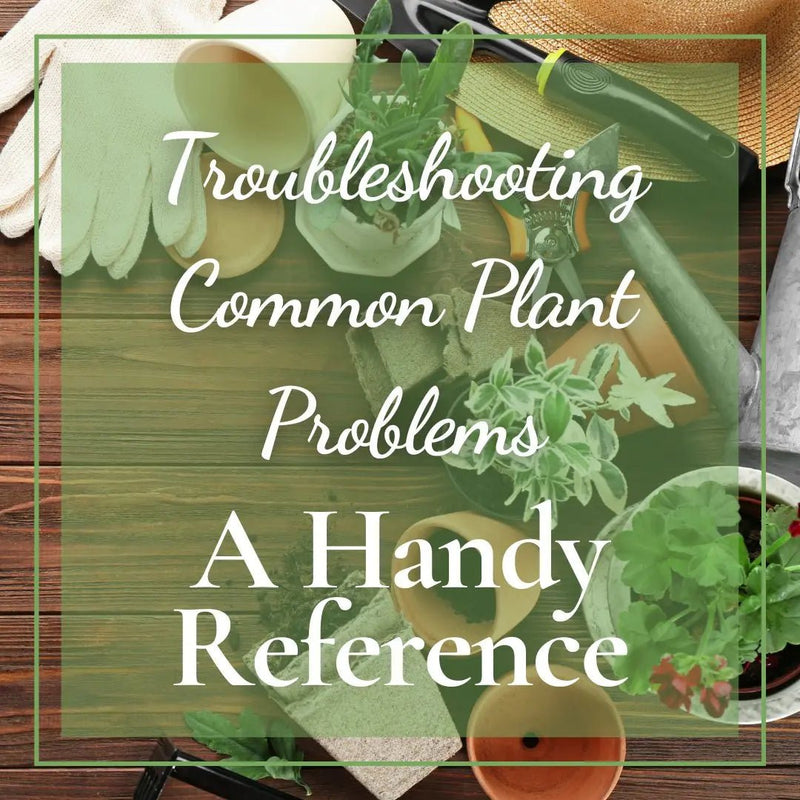Troubleshooting Common Plant Problems: A Handy Reference
Posted on April 10 2024
Keeping your plants healthy is essential for a thriving indoor or outdoor garden. However, even the most attentive plant owners can encounter common plant problems, such as pests, diseases, and nutrient deficiencies. Timely identification and treatment are crucial to ensure your plants continue to grow and flourish. Tumbleweed Plants SG is dedicated to helping customers maintain their plants' health by offering a wide range of plant care resources and products, available on their plant care collection and plant glossary page.
Pests: Identifying Common Invaders and Protecting Your Plants
Indoor and outdoor plants can attract a variety of pests, including aphids, spider mites, and whiteflies, which can cause significant damage if left untreated. To protect your plants, it's essential to learn how to identify common pests and take appropriate action when an infestation occurs.
Signs of pest infestations may include visible insects or webs, small holes or chewed edges on leaves, and sticky residue on plant surfaces. Regularly inspect your plants for these telltale signs, and act quickly if you notice anything unusual.
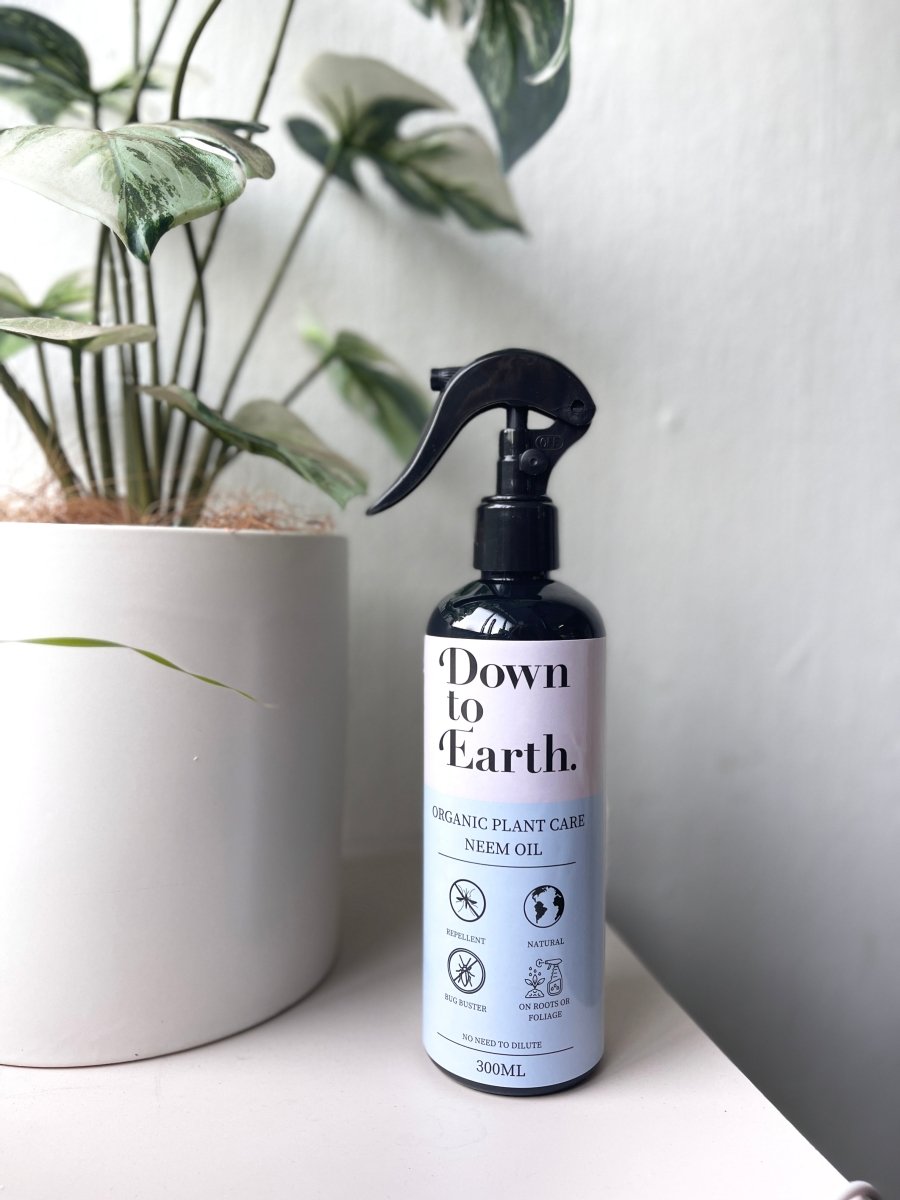
Image: Down To Earth. Neem Oil by Tumbleweed Plants
Diseases: Preventing and Managing Fungal, Bacterial, and Viral Infections
Plants can be susceptible to various diseases caused by fungi, bacteria, and viruses. Common diseases include powdery mildew, root rot, and leaf spot, which can negatively impact your plant's health. Early identification and treatment are crucial for managing these infections and ensuring your plants thrive.
Effective treatment methods for plant diseases involve a combination of preventative measures and targeted treatments. Maintaining a clean environment, proper watering techniques, and good air circulation can help prevent the spread of diseases. When a disease is identified, it's essential to act quickly and apply appropriate treatments such as fungicides, bactericides, or other disease-specific products.
Nutrient Deficiencies: Understanding and Addressing Imbalances
Plants require a balanced mix of nutrients, including nitrogen, phosphorus, and potassium, to grow and thrive. Nutrient deficiencies can lead to a variety of problems, such as yellowing leaves, stunted growth, and poor overall health. Recognizing the symptoms of nutrient deficiencies and addressing these imbalances is essential for maintaining healthy plants.
Common symptoms of nutrient deficiencies include yellowing leaves, weak stems, slow growth, and poor fruit or flower production. To address these issues, it's essential to identify the specific nutrient deficiency and provide the necessary supplements to restore balance. A comprehensive understanding of plant nutrition is key to ensuring your plants receive the nutrients they need to thrive.
Yellowing Leaves: Pinpointing the Cause and Restoring Plant Health
Yellowing leaves on your plants can be a source of concern, but determining the cause is the first step towards restoring your plant's health. Common causes of yellowing leaves include overwatering, underwatering, and nutrient deficiencies. By identifying the root cause, you can implement appropriate treatment options and bring your plants back to their vibrant best.
To pinpoint the cause, examine your plant's overall health and the specific symptoms it's displaying. If the yellowing leaves are accompanied by mould, root rot, or a musty smell, overwatering may be the issue. On the other hand, if the plant appears dry and wilting, underwatering is likely the cause. Nutrient deficiencies often present as yellowing leaves alongside other symptoms such as stunted growth or weak stems.
Once you've identified the cause, take action to remedy the issue. Adjust your watering schedule to ensure your plant is receiving the proper amount of moisture, or provide supplemental nutrients if a deficiency is detected.
Wilting: Identifying the Root Cause and Reviving Your Plant
Wilting is a common plant issue that can be a cause for concern among plant owners. There are several reasons why your plant may be wilting, including overwatering, underwatering, temperature stress, and pests. Identifying the root cause of wilting is essential for implementing the appropriate treatment and bringing your plant back to health.
Look for signs that indicate the cause of wilting. Overwatering typically presents as yellowing leaves and root rot, while underwatering results in dry soil and drooping leaves. Temperature stress can cause wilting if the plant is exposed to extreme heat or cold, and pests may lead to wilting if they are damaging your plant's leaves or roots.
Once you've determined the cause, take the necessary steps to address the issue. Adjust your watering schedule, move your plant to a more suitable location to avoid temperature stress, or treat the pest infestation as needed. Regularly monitor your plant's progress and adjust your care routine accordingly to ensure it recovers fully.
Overwatering vs. Underwatering: Striking the Perfect Balance
Proper watering is critical for maintaining healthy plants, and both overwatering and underwatering can lead to various issues. Striking the perfect balance between the two is key to ensuring your plants thrive. By understanding the symptoms of overwatering and underwatering, you can determine the right watering schedule for your plant and avoid common watering mistakes.
Overwatering symptoms include yellowing leaves, mould, root rot, and a musty smell, while underwatering typically presents as dry soil, drooping leaves, and slow growth. Regularly check your plant's soil moisture and adjust your watering schedule as needed. Remember that different plants have different watering requirements, and factors such as temperature, humidity, and light exposure can influence how often your plants need water.

Image: The Bartley Burbler Watering Can by Haws by Ana Hana Flower
Lighting and Temperature Issues: Ensuring Optimal Growing Conditions
Providing the right amount of light and maintaining a stable temperature are crucial factors in keeping your plants healthy. Inadequate light or extreme temperature fluctuations can cause a range of problems, such as yellowing leaves, wilting, and stunted growth. To ensure your plants thrive, it's essential to adjust the lighting and temperature conditions to suit their specific needs.
When it comes to lighting, consider your plant's natural habitat and try to replicate those conditions in your home. For example, if your plant thrives in bright, indirect light, place it near a north or east-facing window. Alternatively, if your plant prefers low light, keep it away from direct sunlight or use a sheer curtain to filter the light. Regularly rotate your plants to ensure even light exposure and prevent one-sided growth.
Temperature stability is also essential for plant health. To maintain a consistent temperature, avoid placing your plants near drafty windows, air conditioning vents, or heating sources. Additionally, be aware of the specific temperature range your plants prefer and adjust your home environment accordingly.
Potting and Repotting: Choosing the Right Container and Soil Mix
Potting and repotting your plants correctly is crucial for their overall health and growth. Common issues caused by incorrect potting or repotting include root rot, poor drainage, and stunted growth. To avoid these problems, it's essential to choose the right pot, soil mix, and drainage system for your plant.
The right container should provide sufficient space for your plant's roots to grow and allow for proper drainage. Consider your plant's specific needs when selecting a pot, such as the preferred soil type, moisture retention, and drainage requirements. Additionally, ensure the pot has drainage holes to prevent waterlogged soil and root rot.
Choosing the right soil mix is equally important. Different plants have unique soil preferences, and using the correct mix can significantly impact your plant's health and growth. Research your plant's specific soil requirements and select a mix that meets those needs. When repotting, be gentle with your plant's roots and ensure the soil is well-packed around them to provide stability and support.

Image: Down To Earth. Organic Compost 03 by Tumbleweed Plants
Tumbleweed Plants SG offers a wide selection of planters, pots, baskets, and trays to suit your plant's needs. With their diverse range of products and valuable resources like the plant glossary, you can confidently pot and repot your plants, ensuring they have the perfect environment to grow and thrive.
Grow With Confidence
Addressing common plant problems is essential for maintaining healthy and happy plants. Tumbleweed Plants SG is your go-to resource for expert advice and products that cater to your plants' unique needs. Explore our diverse plant varieties and wide selection of plants, plant care products, and services to ensure your green companions flourish. Happy growing!

